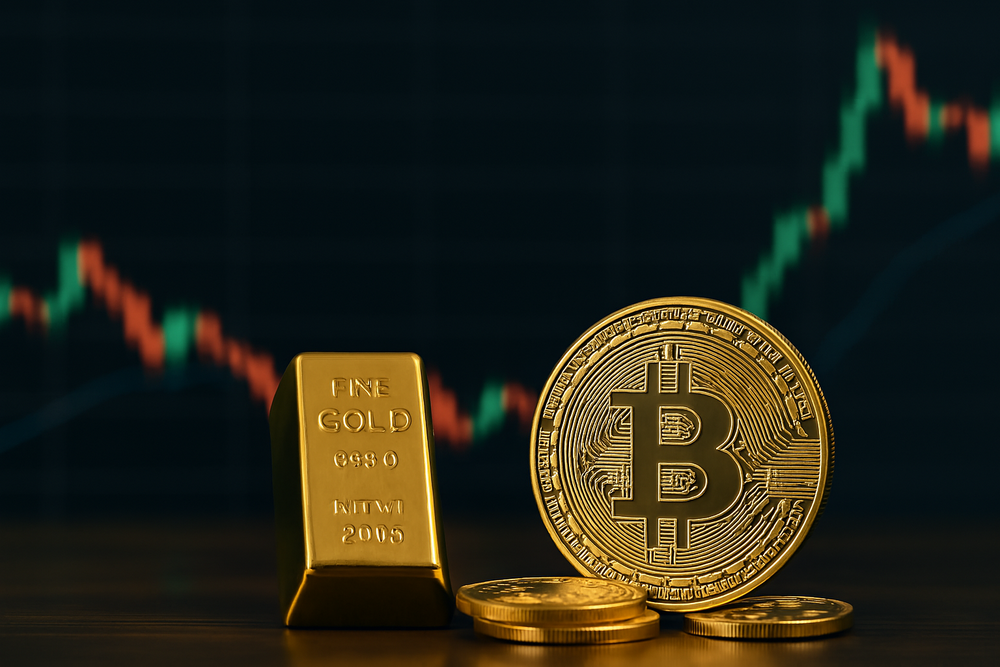The Cardano network has begun integrating the x402 payment standard, designed to enable AI agents to conduct blockchain transactions without human intervention. The announcement came from the Masumi team, which is developing the Cardano-based infrastructure and implementing x402 support.
Developed initially by Coinbase and expanded with partners across the web ecosystem, x402 revives the idea of automated internet micropayments, allowing bots and AI agents to handle payments on-chain independently.
According to Masumi, the x402 standard enables HTTP-based payment requests and allows AI agents to:
- Pay for resources and services via API
- Perform transactions with ADA and USDM
- Interact with other AI systems without intermediaries
Masumi has enhanced x402 with a trust layer — integrating identity, reputation, transparent auditing, and refund mechanisms. This framework could transform Cardano into the financial backbone of an “agent economy”, where autonomous systems trade, collaborate, and pay each other seamlessly.
Proof of Concept and DeFi Automation
A Proof-of-Concept is already active: users can mint a test memecoin by paying 2 USDM and a small amount of ADA. The team believes this integration could automate DeFi protocols, from token swaps to lending and staking, all without direct user interaction with smart contracts.
This is significant, as Cardano’s DeFi ecosystem still trails behind competitors.
According to DefiLlama, Cardano’s current market cap stands at $36.2 billion, with $290.4 million in locked DeFi liquidity and $36.2 million in stablecoins.
In comparison, Ethereum and Tron hold $163 billion and $79 billion in stablecoins respectively.
Hoskinson has repeatedly criticized the Cardano Foundation for the slow DeFi rollout despite $15 million in 2024 marketing spend, including a sponsorship deal with FC Barcelona.
In October 2025, the Cardano community approved an additional $33 million in ADA to boost stablecoin liquidity for DeFi projects.
Masumi is now testing x402 on smart contracts and offering users a public demo to refine the standard’s real-world mechanics.
What’s Next for Cardano
The x402 integration is part of the Cardano Foundation’s updated roadmap, which also includes:
- Implementation of CIP-0113 and CIP-0143 standards
- Adoption of a new payment framework
- Expanded support for DeFi and Web3 startups
- A 12% marketing budget increase planned for 2026
If successful, Cardano could become the first major blockchain to create a functional AI-driven transaction network, bridging the gap between autonomous systems and decentralized finance.
Source: https://coinpaper.com/11981/cardano-integrates-x402-and-takes-the-first-step-toward-ai-powered-payments


